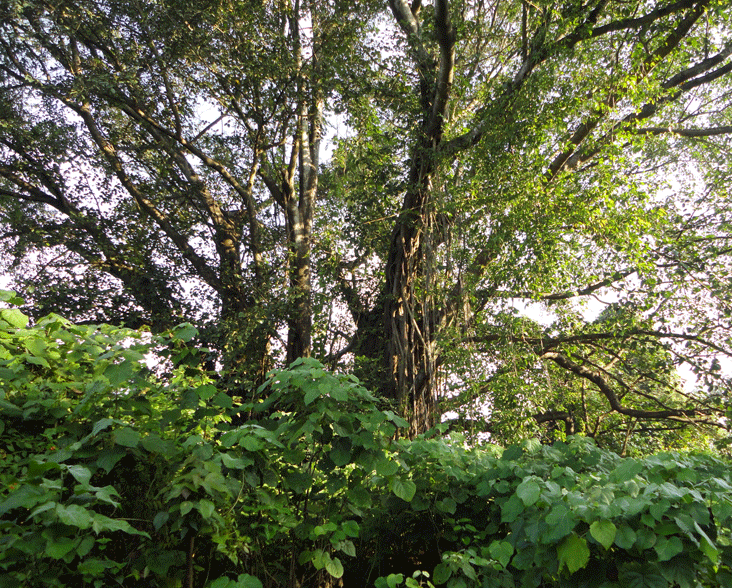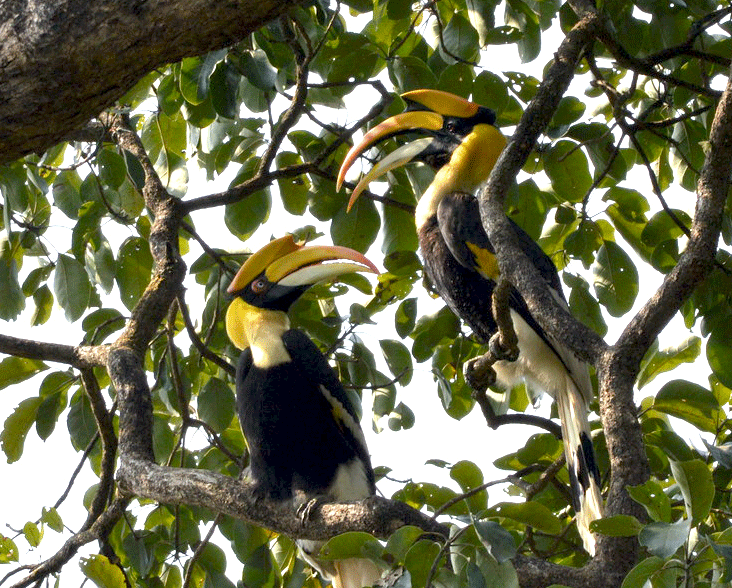Ecoregion: North-Western Ghats moist deciduous forests / Malabar Coast Moist Forest
Key Species: Rusty Spotted Cat, Indian Gaur, Wayanad Bush Frog, Dhole, Leopard, Great Hornbill, Indian Pangolin, Malabar Pied Hornbill
The Western Ghats is a mountain range in western peninsular India that supports an immense amount of biological diversity, with approximately 5000 species of flowering plants and 600 species of birds. The area is one of the eight ‘hottest’ global biodiversity hotspots, home to 2% of the world’s biodiversity. In addition, the Western Ghats are also designated as a UNESCO World Heritage Site.
Applied Environmental Research Foundation (AERF) has been promoting the importance of the North-western Ghats for the last two decades, as the southern part of the Western Ghats has received more attention in the last forty years due to large number of protected areas suitable for conservation research.

Conservation action
AERF is working to establish a network of corridors in the north-western Ghats with a focus on linking community sacred groves.
Sacred groves are old growth forest that is traditionally protected by local communities in reverence of a deity. Almost every village in the north Western Ghats has at least one sacred grove, which can shelter significant populations of many plant and animal species. The groves range in size from just a few acres to hundreds of acres and together form a network of physically disconnected forest patches
The major threat to the forests and biodiversity in this region comes from deforestation as a result of subsidised cashew and mango plantations, logging, construction and lack of enforcement or regulation of forest conservation. Sacred forests are protected by communities but they are becoming isolated fragments as unprotected surrounding areas are converted to agriculture.
Biological importance
The Western Ghats biodiversity hotspot supports a healthy population of rare and endemic tree species including the Nothopegia casteneifolia, classified as Critically Endangered. Among the important mammal species inhabiting the forests are Indian Gaur, Leopard, Rusty Spotted Cat (the world’s smallest cat), Indian Pangolin and Dhole.
The fragments of old-growth forest also offer nesting and roosting sites for Great Hornbill and Malabar Pied Hornbill. The project region also supports good population of endemic and Endangered amphibians such as the Wayanad Bush Frog.

